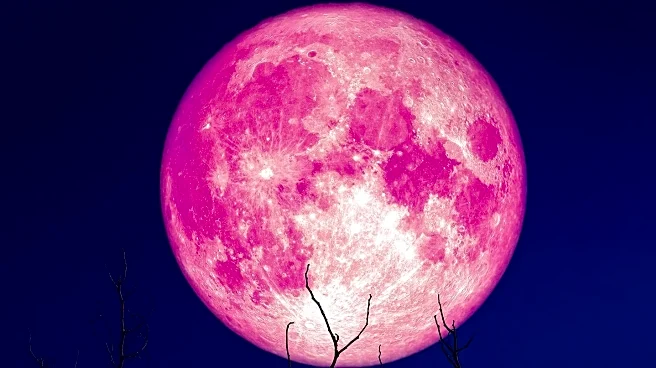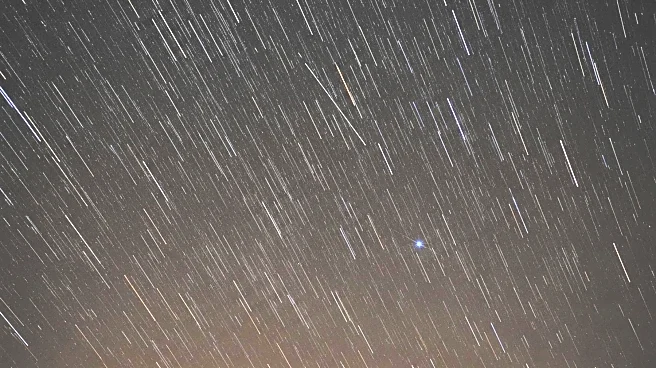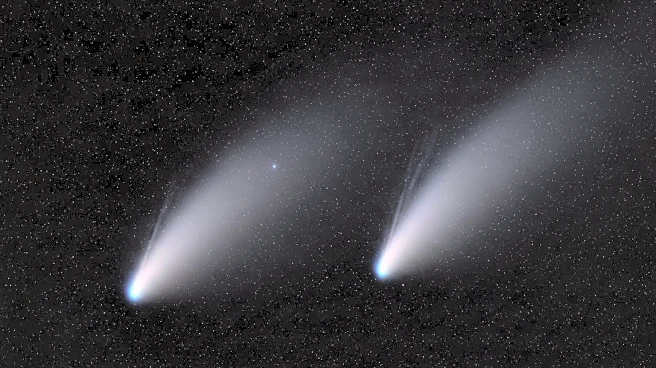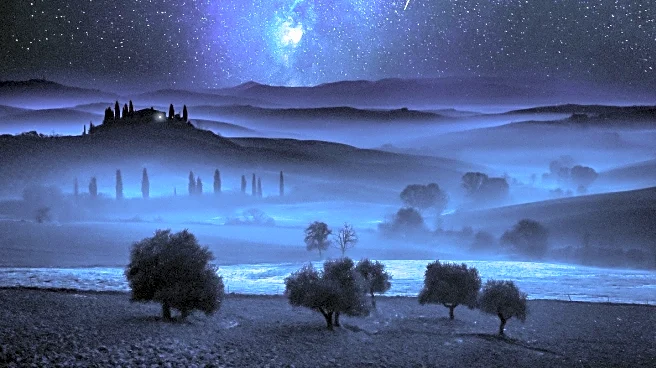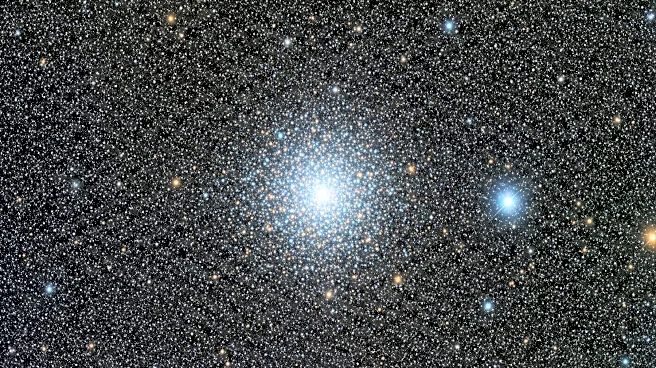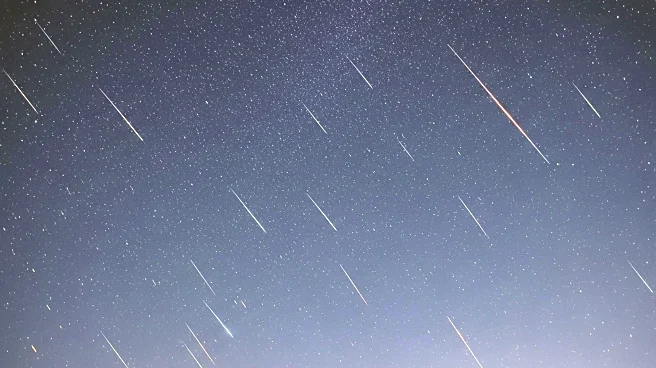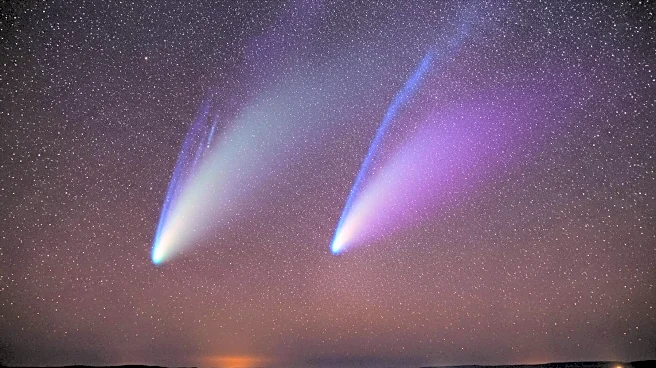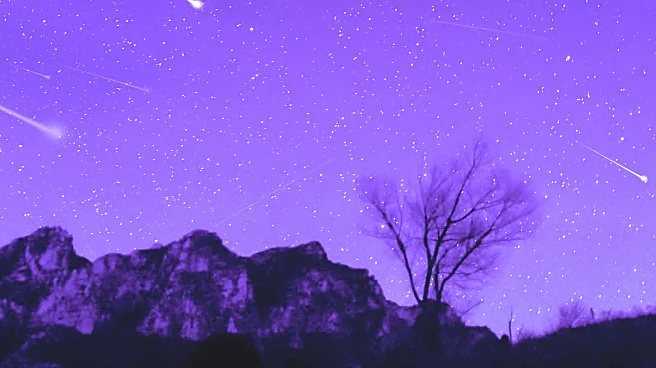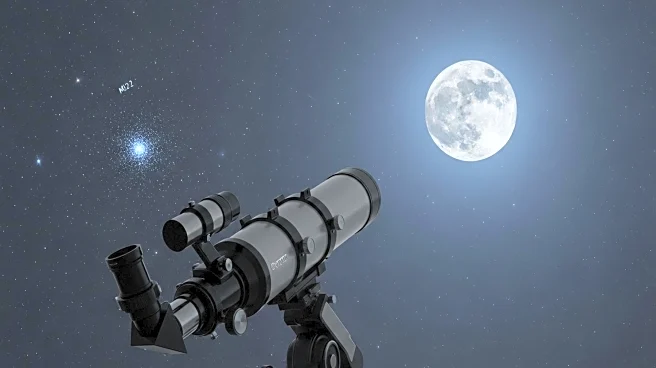What's Happening?
Skywatchers are set to witness a rare astronomical event this October with the appearance of two comets, C/2025 R2 (SWAN) and C/2025 A6 (Lemmon). These comets are expected to make their closest approach to Earth around October 21, providing a unique opportunity for stargazers. The comets will be visible in the western and southern skies approximately 45 minutes after sunset. Comet SWAN, with an estimated brightness of magnitude +6.1, will be best viewed using binoculars or a telescope. It will pass through several constellations, including Libra and Sagittarius. Comet Lemmon will be visible in the evening sky for those in the Northern Hemisphere, reaching a brightness of magnitude 5. This event is notable as seeing more than one comet in a month is uncommon.
Why It's Important?
The appearance of two comets in the same month is a significant event for astronomers and enthusiasts alike, offering a rare chance to observe celestial bodies that are remnants from the early solar system. This event highlights the dynamic nature of our solar system and provides educational opportunities for the public to learn more about comets and their composition. The visibility of these comets can inspire interest in astronomy and science, potentially influencing educational programs and public engagement in space exploration. Additionally, such events can boost local economies through increased tourism as people travel to optimal viewing locations.
What's Next?
As the comets approach, astronomers and enthusiasts will prepare for optimal viewing conditions, potentially organizing public events and educational sessions. Observatories and astronomy clubs may host gatherings to facilitate viewing and provide information about the comets. The visibility of these comets could lead to increased interest in upcoming celestial events, encouraging more people to engage with astronomy. Future comet appearances, as noted in celestial calendars, will continue to offer opportunities for observation and study.
Beyond the Headlines
The appearance of these comets may spark discussions about the origins and evolution of the solar system, as comets are considered to be ancient remnants. This could lead to further research into the composition and behavior of comets, contributing to our understanding of the universe. The event also underscores the importance of preserving dark skies for astronomical observation, highlighting issues related to light pollution and its impact on scientific research.

